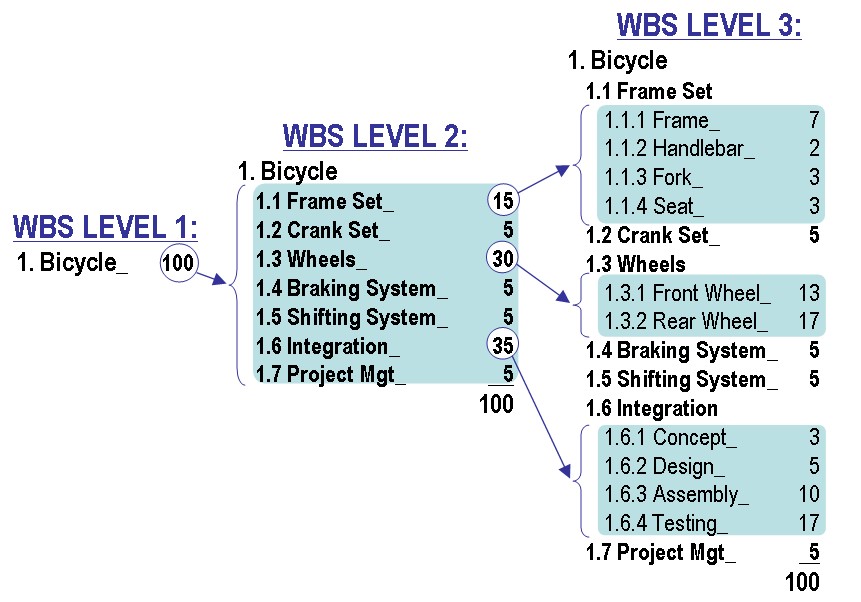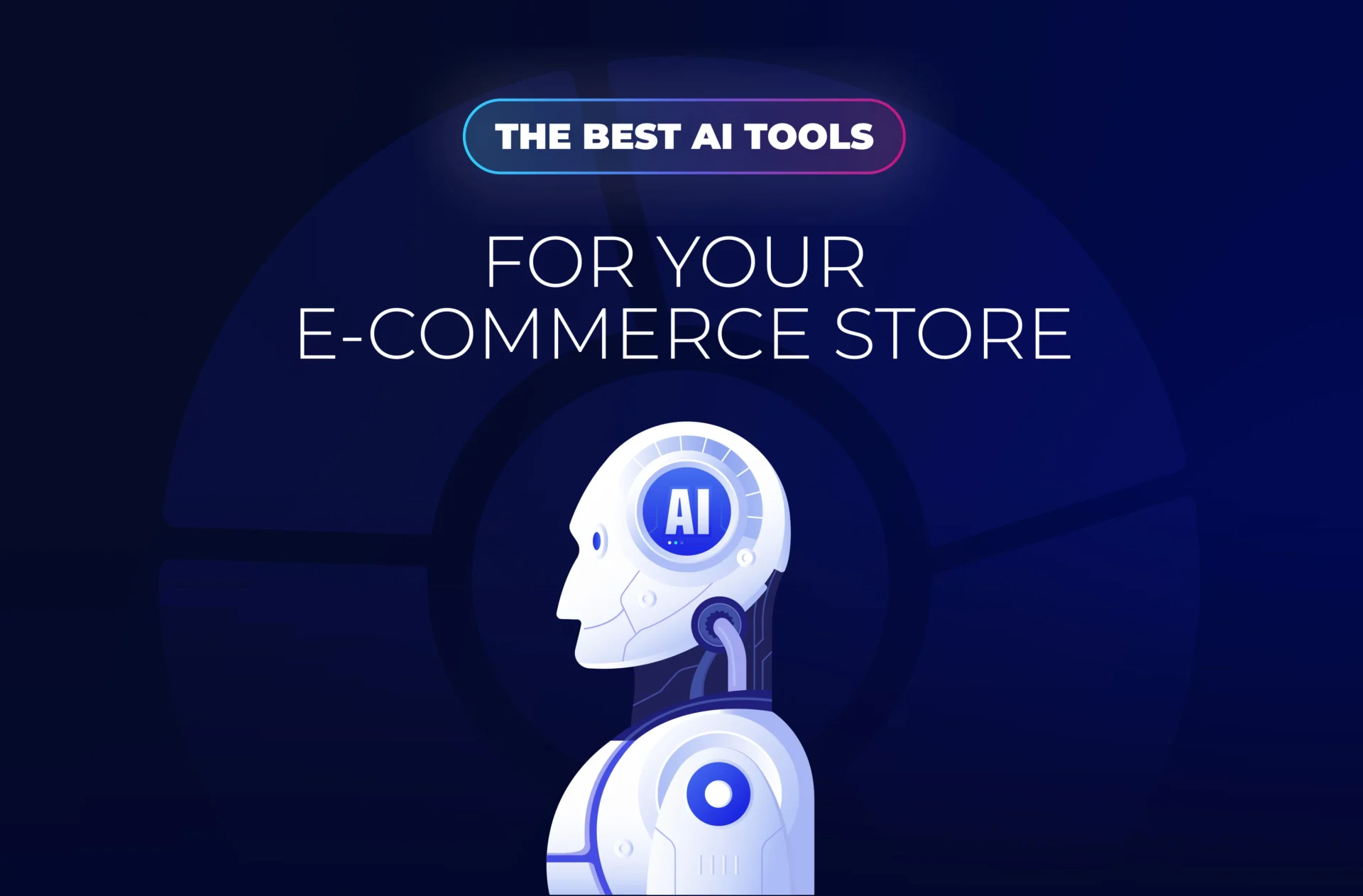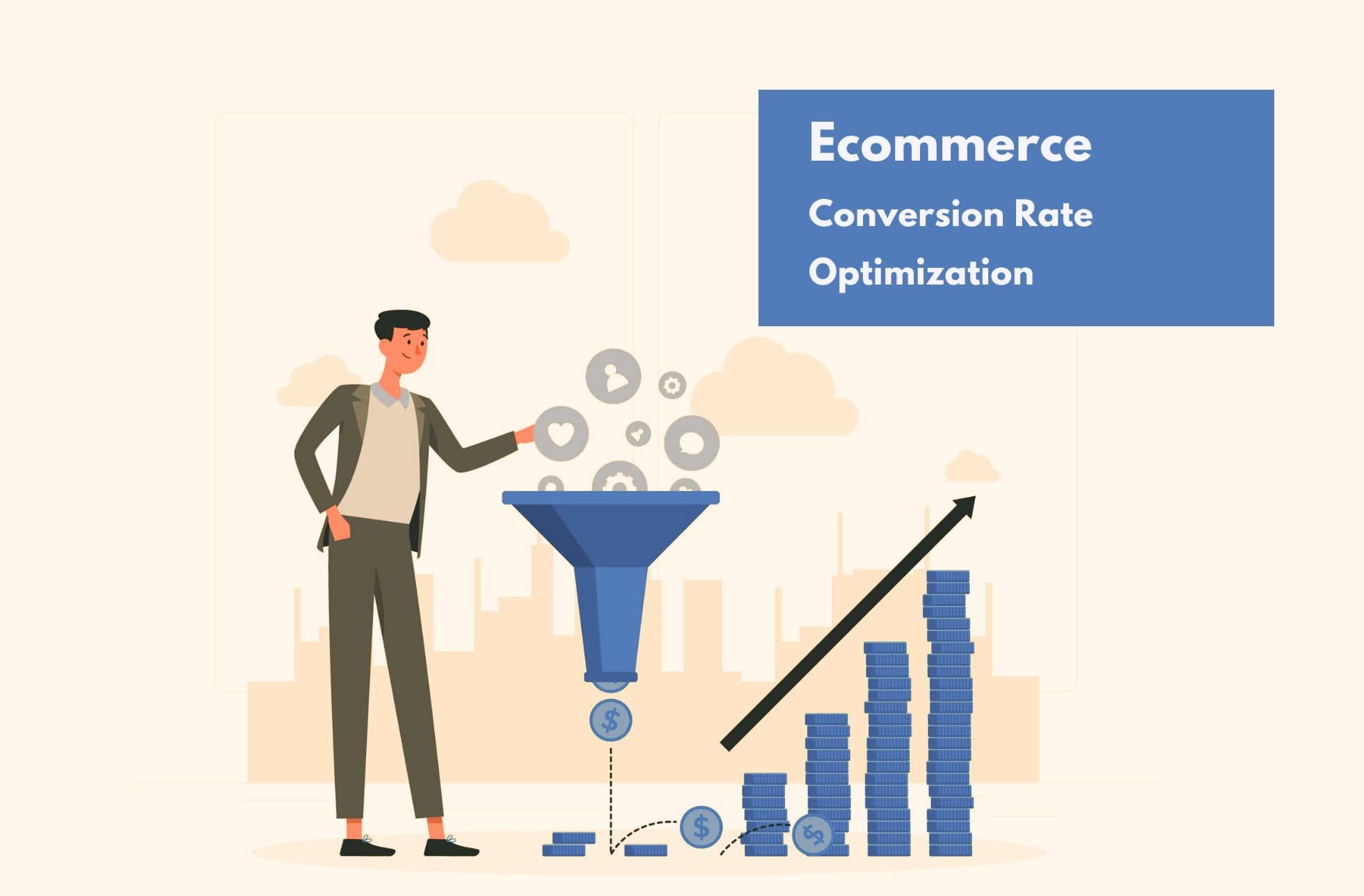Launching an e-commerce business today is easier than ever. Thanks to cheap e-commerce tools and resources such as this blog, you can launch your store within weeks and start bringing in sales.
As your store grows, you’ll face an entirely new set of scaling problems. Managing a 10,000-product store isn’t the same as managing one with 100 products. You’ll struggle to keep track of employees, inventory, customers, and communication.
Even though it might not be one, managing your e-commerce store like a standalone “project” can help. As Alexandr Galkin said in an earlier post, project management isn’t just for IT projects; retail stores can benefit from it as well.
Applying fundamental project management principles can unlock efficiencies, boost productivity, and bring more sanity to your online operations. I’ll share 5 tactics you can use right away to scale your store.
1. Create Stakeholder-focused Communication Plans
In the context of project management, a ‘stakeholder’ is any individual, group, or organization who may be affected by the outcome of the project. In an IT project, for instance, lead executives on the client-side and your company would be the project’s stakeholders.
An e-commerce store isn’t an IT project, of course. You don’t have an end date, nor are you serving any specific clients.
Yet, identifying key stakeholders and creating communication plans for them can help you market your store better. It can also help avoid many of the communication gaps that plague growing stores.
For your store, make a list of the following:
Internal stakeholders:
These are people within your company who are affected by the store’s success. Typically, these would be senior leadership, key vendors, and team leads.
External stakeholders:
That is, people outside your company who have an interest in the store. External investors and third-party partners (such as an ad agency) would fall into this category.
Other stakeholders:
Any other stakeholders who need to be informed about the store’s status. Journalists, e-commerce evangelists, influencers, bloggers, etc. would fall in this camp.
For each of these stakeholders, identify the following:
-
Stakeholder priority:
How important is the stakeholder for your business? This will decide how often and what you share with them. You can’t ignore a top-priority stakeholder (such as your lead investor) but can make do with infrequent communication for a low-priority stakeholder, as an example of management principles.
-
Stakeholder objective:
What does the stakeholder want from his/her involvement in your business? Financial updates? Promotion updates? News of new launches? Identify this clearly as it will impact the subject of each message. For example, a lead investor would want financial updates while a fashion blogger would want news about new promos.
-
Communication frequency:
How often should you be messaging the stakeholder? Communication priority and frequency usually have an inverse relationship. For instance, you don’t want to bother your lead investor with too many messages.
-
Communication channel:
What is the stakeholder’s preferred mode of communication? The answer is usually ‘email’ for most people. But some might prefer to be contacted over phone, Skype, or Slack.
-
Communication depth:
How long and detailed should the communication be? For example, if you’re launching a new tech feature, you’ll have to share detailed specifications with tech journalists. But if you’re emailing your busy lead investor, you’ll want to keep messages brief and to-the-point.

I recommend creating a table like the one below to organize this information:
Creating a plan like this will make it much easier to keep key people in the loop. For instance, the above plan tells me that I need to contact fashion journalists monthly about any new promos. That is one of the top management principles you need to apply to your business.
2. Use WBS to Understand Key Deliverables
A WBS or ‘Work Breakdown Structure’ is a hierarchical breakdown of every deliverable you need to complete for a project to be called a ‘success’.
For example, here’s a WBS of a bicycle:

Two key features of the WBS are:
- 100% rule: This rule states that the sum of work at any child level must be 100% of the work at the parent level. For example, a “bicycle frame set” breakdown must include all the elements you need to create a frame set – handlebar, fork, frame, and seat.
- Deliverables, not activities: Every level in a WBS must define a deliverable (i.e. something you create), not an activity (i.e. how you create it). Essentially, each level in the WBS must use a noun or adjective, not a verb. Thus, “bicycle frame set” is acceptable, but “weld steel frame” is not.
The WBS is one of the most important documents in the project management process, so it should be on top of your management principles. By breaking down the project into its constituent deliverables, you get a much better idea of what you have to accomplish.
The WBS is equally useful for any projects and endeavors at your e-commerce store.
For example, if you’re launching a new sale, you need several deliverables for it:
-
Marketing
- Landing page
- Social media images
- Twitter images
- Facebook images
- Promotional emails
-
Shipping & Inventory
- Shipping boxes
- Shipping labels
- Packing materials
-
Product
- Customer reviews
- Product descriptions
- Product images
Each of these essentially describes different levels in a work breakdown structure. Think of it as an expansive to-do list.
You can create a WBS for every major endeavor at your store. You can even create WSB templates for regular promos (such as Black Friday sales) to ensure that nothing slips through the cracks.
Doing this will bring much-needed order to your internal projects.
3. Automate and Templatize Aggressively
Think of all the emails, messages, and documents you create while running your store. Do you really need to create all of them from scratch? Or can you quickly modify pre-built templates to save time?
Similarly, think of repetitive tasks you perform. Maybe you check-in with your marketing team every week. Or maybe you send a project status report to your external stakeholder every month. Can you save time by automating these tasks?
Automation and templatization are the two pillars of project productivity. The former helps you deal with repetitive tasks. The latter helps you save time in document creation and improves standardization.
For your e-commerce store, make a list of the following:
- Repetitive tasks and activities
- Documents you need to create more than once
For example, you might need to check in with your SEO agency for updates. Use automation tools like Boomerang or Yesware to schedule weekly check-in emails to automate the process. These tools aim at easing your management principles and processes.
Similarly, new employees might need to be informed about your company policies. You can create a series of onboarding emails that go out automatically to all new hires.
4. Analyze the Feasibility of Internal Projects
As your store grows, you’ll have an ever-expanding list of internal projects. Figuring out which of these projects to undertake and how to prioritize them is key for scaling. Wasting resources on unfeasible projects can even set back your growth.
One way to analyze the feasibility of your internal projects is to borrow a few practices from the Project Management Institute (PMI).
PMI breaks down the project management process into five distinct phases:

The first of these phases – Project Initiation – is crucial for understanding the viability of any project.
Here’s how you can use it for your internal projects:
Develop a business case
Growing businesses often get sidetracked by internal projects that focus on vanity metrics instead of proven business results. Thus, before you pick a project, develop a clear case for it:
- Describe the project’s key problems and opportunities
- Outline the project’s key beneficiaries and expected impact (both long and short-term)
- List any existing alternative solutions and how they compare to your proposed project
The third step is crucial in your management principles. You’ll often find that there are solutions on the market that can fulfill most of your needs and cost way less.
Undertake a feasibility study
The goal of this study is to analyze the feasibility of all the proposed solutions to a problem. You can do this by:
- Listing all proposed solutions to a project, including existing solutions on the market.
- Estimating the expected cost, requirements, and implementation time of the solution.
- Analyzing past records, industry standards, and your own experience with different solutions.
For example, you might want to create your own tracking tool to manage all your e-commerce campaigns. You can create this tool using a number of technologies and features. The feasibility study should tell you which of these solutions is the most viable, and which features you truly need.
Once you’ve taken the above two steps, you can create a project charter. This charter distills the takeaways from the business case and the feasibility’s study. It identifies the project’s vision, goals, solutions, and delivery timeline.
Use the charter to guide you through the project’s implementation.
5. Create a Risk Response Team
Ask any seasoned project manager about his most important responsibilities and you’ll likely hear the same answer: Risk management.
Management principles essentially rely on managing risk. Countless things can derail a project – budget overruns, missed deadlines, scope creep, and unresponsive stakeholders.
The same is true for any e-commerce store. Anything can go wrong with a store – a technical outage, an errant vendor, delivery issues, a PR disaster, etc.
The solution – for project managers and e-commerce store owners – is the same: create a risk response team.
What is the point of this? This a team of seasoned operatives who swing into action in case of emergencies. They have wide-ranging powers to plan, monitor, and control risk events. Essentially, their job is to think of worst case scenarios and develop plans to tackle them.
In the context of an e-commerce store, you should have plans for situations such as:
- Public criticism or bad reviews, especially from a visible member (such as an influencer).
- Delays in delivery due to shipping errors or vendor problems.
- Items unavailable after
- PR crisis stemming from poor public behavior by an employee, vendor or partner.
- Technical outages affecting either the front or backend.
The risk response team should ideally have solutions for all such situations. The more you plan, the better prepared you will be when things actually go wrong.
Over to You
Project management and handling management principles isn’t just for constructing buildings and launching software products. It is also perfectly useful for running an e-commerce store effectively. As your store grows, you will run into problems that can readily be solved by using PM principles.
Use this article as your first step in using project management to scale your store.





